America’s dairy farmers have faced many challenges over the past few years. Many small and medium sized dairies have been forced to close after being in the dairy industry for generations. It is a heartbreaking situation for hundreds of families in the USA.
There is some good news though. An innovative new PET bottle is shaking up the industry. Could this new bottle, which impacts the entire supply chain, be the silver lining dairies have been looking for?
InterTech’s Mike Curin has visited numerous dairies over the past 21 years. He offers a unique perspective about current dairy industry challenges, and how this disruption is turning the industry upside down.
In this interview, he also talks about BottleOne’s PET bottle, which can help dairies cope with the unexpected twists and turns of a fast-changing and complex business.
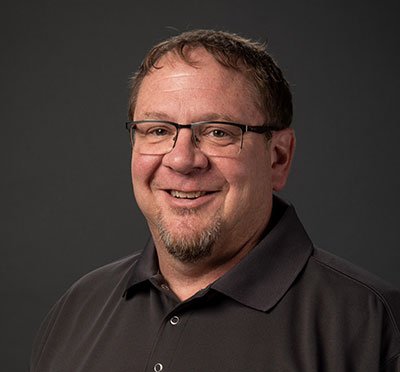
Diana Adams: Hi Mike. I understand the dairy industry is in a crisis at the moment. I’d like to talk about the struggles dairies are facing. Can you give me some insight into the dairy industry’s evolution and how things have gotten to where they are today?
Mike Curin: Thank you for interviewing me today. Sure, I’d be happy to start there.
When you walk to the dairy section in the grocery store, have you ever paid attention to how milk packaging has changed over the years? The milk you buy is in a one-gallon container. It is the same high-density polyethylene container that has been on the market since the early ‘70s.
Before that, milk was primarily packaged in glass and cardboard cartons. Something very interesting happened along with the switch to plastic.
Milk consumption has dropped significantly in the United States, and that decline in consumption can be directly correlated to milk being packaged in plastic.
Diana Adams: Why did that change happen? Why is milk packaged in plastic containers now?
Mike Curin: The main reason is because a plastic container is lighter. Milk is viewed as a commodity. People don’t want to pay a lot for a gallon of milk. The plastic container is inexpensive.
Diana Adams: Why do plastic containers cost less than glass or milk cartons? What are the contributing factors?
Mike Curin: Roughly 70% of the container cost is tied to the raw materials used to create each container. Plus, there are a couple other things to consider here. For example, the amount of electricity you’re using to produce the container. Also, there’s the amount of high-pressure air you need to blow the container.
Those are the biggest cost considerations when you’re producing any plastic container. Anything a manufacturer in the dairy industry can do to minimize these costs can save a lot of money.
Diana Adams: Why does milk taste different today than when I was a kid?
Mike Curin: It is because the taste profile has diminished. That happened because as the containers continue to be light-weighted and get thinner, they get less opaque.
This is assuming there is no colorant added to the containers. And guess what? Ultraviolet light is the first thing that affects the taste profile of milk.
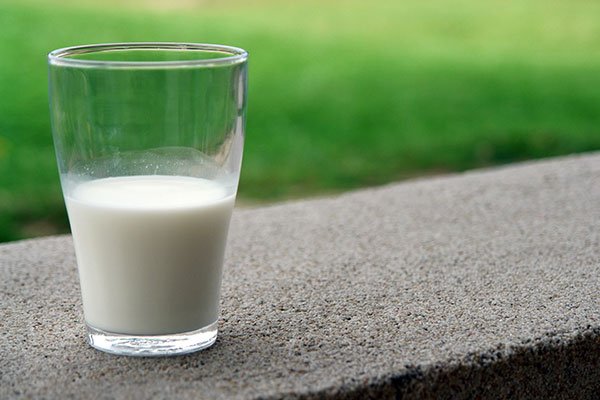
Diana Adams: So why don’t all dairies just add colorant to their containers?
Mike Curin: Because of the increased cost of the colorant. In addition, some UV additives give the container a yellowish hue which is not attractive when you think of milk. Plus, there are other things that can affect the taste profile aside from ultraviolet light.
Another thing is the oxygen transition rate of the container. As the container gets thinned, oxygen can permeate the container and spoil the contents at a faster rate.
When you look at how plastic milk containers have been light-weighted over the years, you can understand how the taste of milk has changed. This is why there has been a drop-off in consumption. As a result, many small and medium sized dairies throughout the United States have closed.
Diana Adams: From what you’ve described, it seems like the dairy industry is completely cost-driven. I’ve read a lot about dairies closing around the USA. Often times, these are dairies that have been in families for over a hundred years.
How do you think BottleOne’s PET bottle can help solve the current dairy industry problem?
Mike Curin: BottleOne has introduced a PET bottle that has better properties to it. It offers the opportunity to put in a UV barrier, which is much better in terms of reducing oxygen egress.
This is because PET is more resistant to oxygen egress than HDPE. So, there are definitely some unique advantages there.
At InterTech, we feel strongly this PET bottle is going to help the dairy industry turn itself around. We believe this can make a positive change.
This innovative PET bottle has a built-in PET handle, which is quite revolutionary. It is the result of over a decade of R&D. There is no longer a need for full-depth milk crates or cardboard boxes to ship your product.
The BottleOne technology in these new bottles is incredibly strong and durable. They can be stacked on top of each other, without the need for secondary packaging.
Not only does this make everything less expensive for the dairy industry, think of all the sustainability benefits including the water and transportation that are significantly reduced. There is a huge, positive environmental impact.
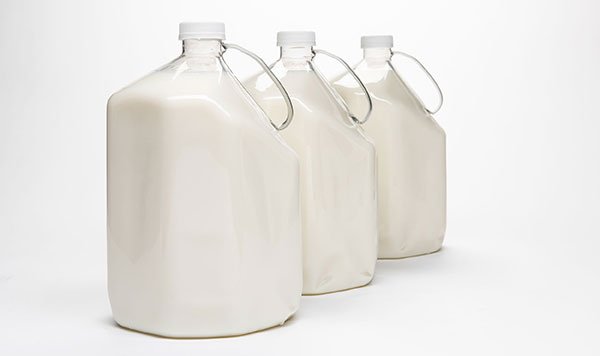
Diana Adams: What other changes are happening in the dairy industry which are affecting small and medium sized dairies?
Mike Curin: There’s a lot of vertical integration taking place, meaning the grocery stores are taking control of the packaging of their own milk under their own label.
In these cases, they may have existing dairies do it for them, and put their label on it. There are dairies who will private label for them. Many dairy co-ops do that throughout the United States.
But some are building larger dairies. They are taking advantage of high-tech equipment that is producing at higher rates. There is definitely an economy of scale in there.
Diana Adams: What are the big initiatives in retail dairy today?
Mike Curin: The big initiative in retail dairy today is a move towards a caseless solution. Retailers are trying to minimize or eliminate secondary packaging.
What little space retailers had in their back rooms is now being utilized for the storage of customers’ online orders that are ready for pickup. They need to remove the milk crates and corrugated packaging from their stores.
Unfortunately, the current HDPE bottle does not have the strength and durability to work, which is why they use full-depth milk crates today. The BottleOne PET bottle, which I mentioned before, is a caseless solution due to its strength and durability.
Diana Adams: What you’re saying is that the current way the dairy industry is operating is shifting dramatically?
Mike Curin: Yes, that’s right.
The dairy industry model will look completely different in ten years.
The trend is much larger dairies, and the milk will be packaged differently to extend its shelf life. The shift is slowly happening now.
Other changes in the industry include cattle being moved to northern states from the south. This is because cows produce a lot more milk in cooler temperatures.
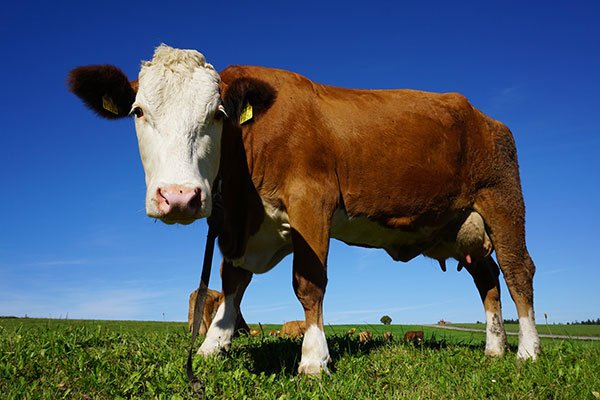
Diana Adams: That’s fascinating. What role does InterTech play in all of this? I know InterTech provides plant engineering services to not only the dairy industry, but the entire food and beverage industry. But, what does that mean exactly?
Mike Curin: InterTech engineers understand how all of the technology and equipment need to come together to improve margins and sustainability.
At the end of the day, it’s about bringing value. It comes from the depth of our team at InterTech. Many of us have 25 years or more experience in the industry.
Whether it’s working in the frontline sales in business development, engineering that’s designing the line, or someone who is implementing a project in the field – when you look at the vast amount of depth each one of us has, you’ll see how we are able to bring together things we’ve learned throughout our different careers and experiences.
This depth is what differentiates our company and gives us strength. We have team members who have worked in all these different disciplines.
Whether it is in container design, marketing or project implementation. We have so many different people on our team, and we all complement one another.
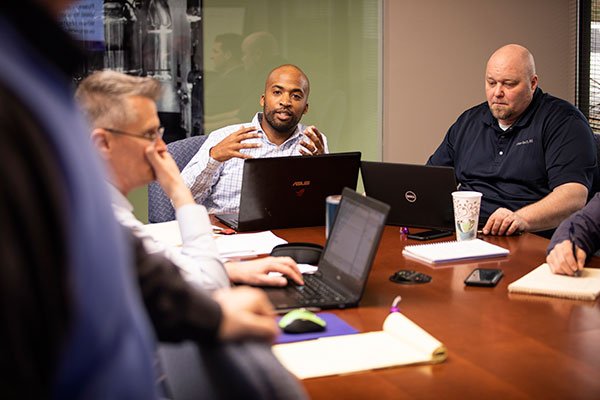
Diana Adams: In other words, InterTech helps dairy industry clients with whichever part of the process they need help with to bring value and save them money?
Mike Curin: Correct.
Diana Adams: Basically, you’re saying, “Let us evaluate your situation and see how we can help you innovate, drive growth and improve margins.”
Mike Curin: That’s right.
Diana Adams: That’s a very specific value-add. I bet a lot of dairies have no idea what you do.
Mike Curin: [Laughs] Most people have no idea what we do.
A key component of that is being loyal to our client, not to a product or equipment supplier.
It’s all about helping the dairies with their innovation, while improving their margins and sustainability.
Diana Adams: Thank you, Mike, for giving me a whole new perspective about the dairy industry. I hope this interview helps people understand more about InterTech, and the value you provide.

Let us show you how InterTech will improve your operating efficiencies and increase your profitability
InterTech brings clients value by performing plant engineering services with integrity, skill and efficiency. Our specialty is working within existing facilities to optimize line design for space and efficiency.

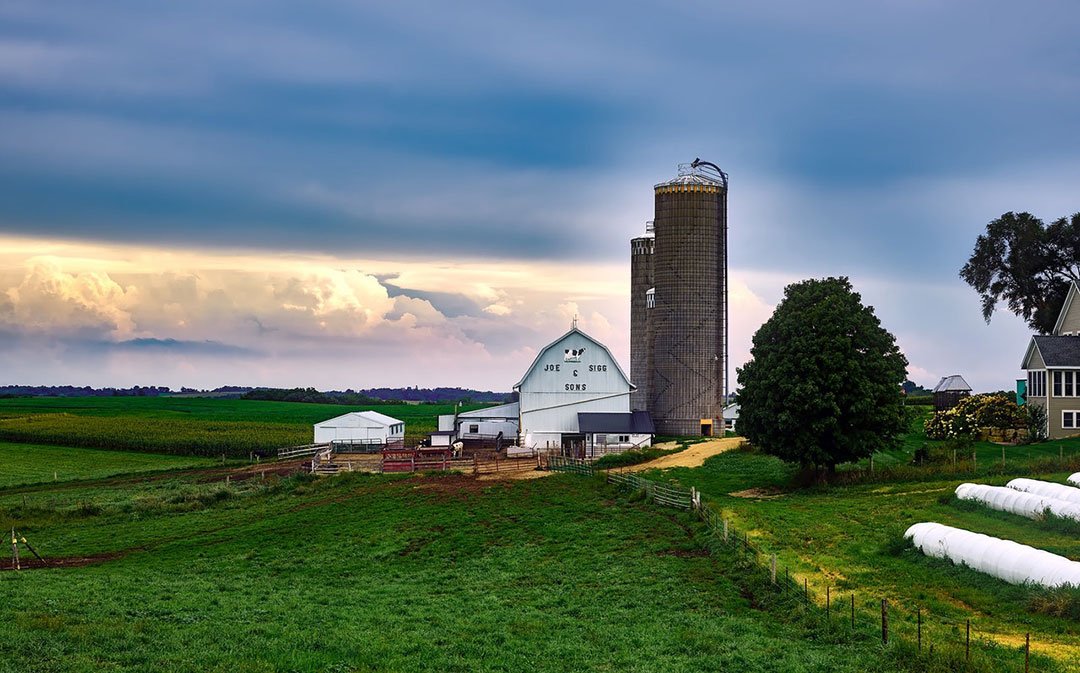
0 Comments